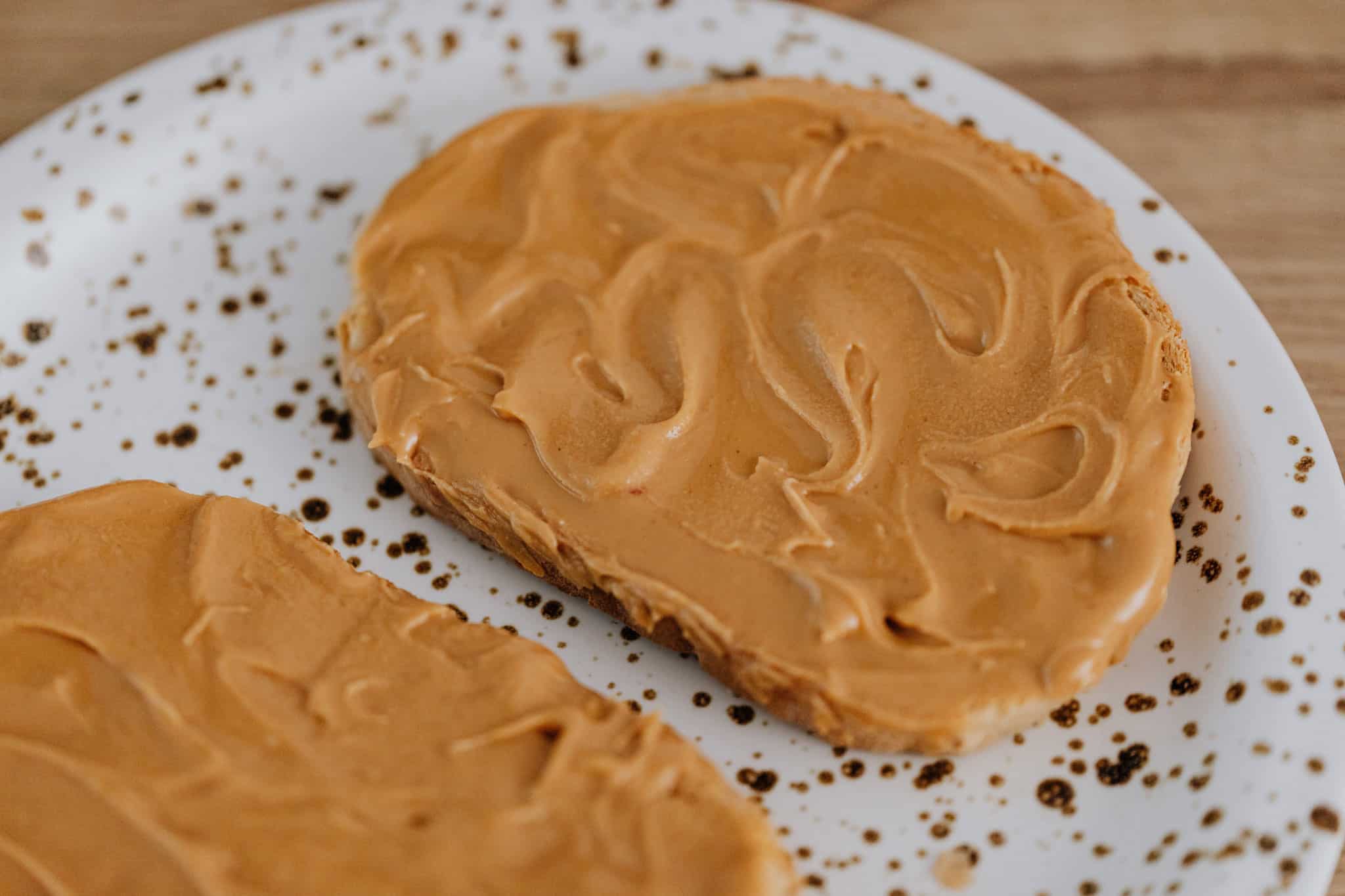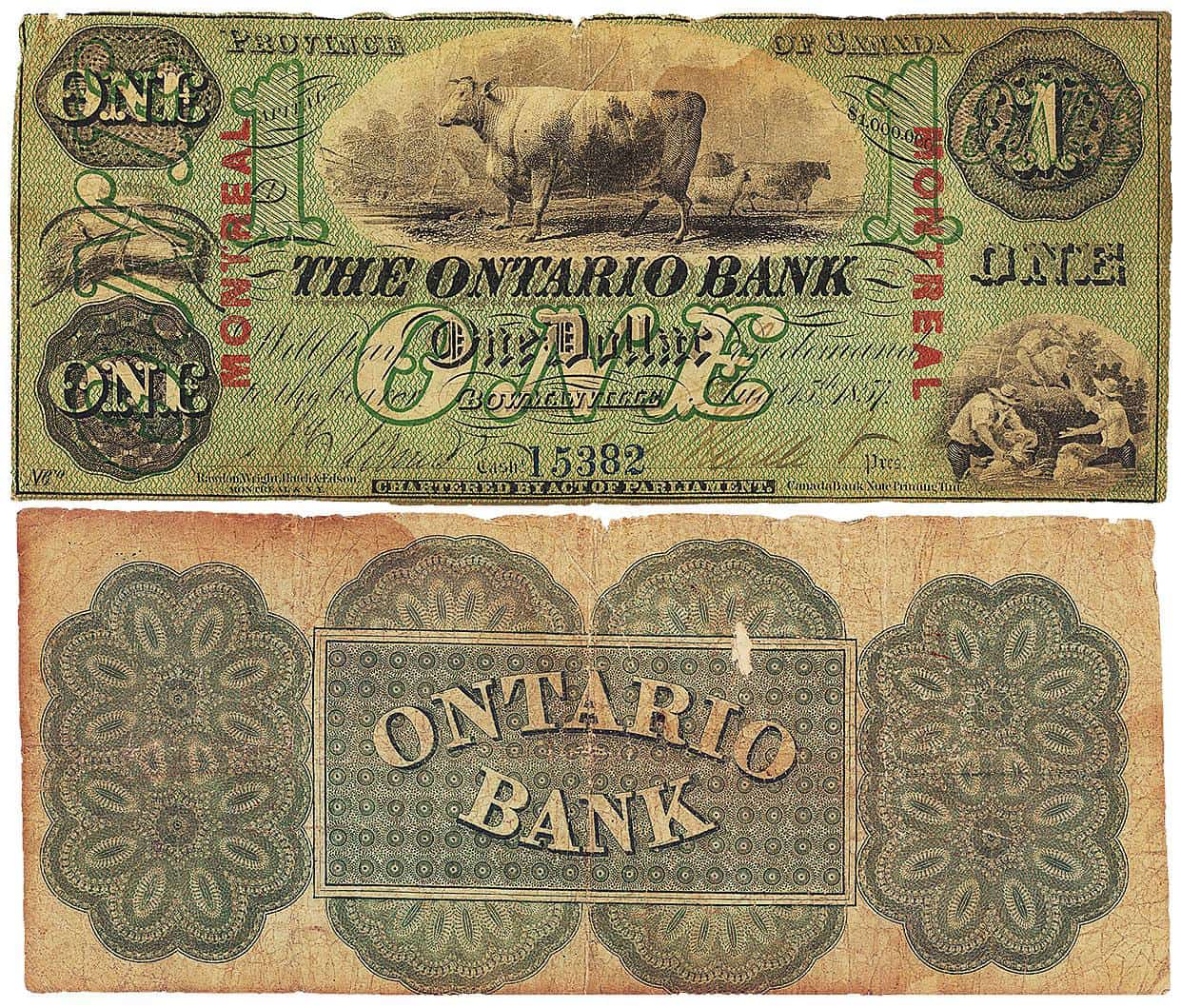5 inventions you didn’t know are Canadian
Published February 5, 2024 at 3:58 pm

Many popular inventions Americans believe are from the U.S. were actually created by Canadians.
Some inventions such as the snowmobile, the walkie-talkie and the pacemaker are well-known as Canadian but there are a few surprising products.
Proxy data company, Geonode, put together a list of inventions commonly thought to be from the United States.
“Turning frustration into innovation is a pivotal factor in the development of new products,” says Geonode innovation expert, Philipp Pratt.
Canadians have a knack for thinking outside the box and executing timely, useful and cool inventions, Geonode notes.
Here are five inventions that came from Canadian minds:
Green currency ink
In 1862, Thomas Sterry Hunt invented the ink that makes U.S. bills green. Before this invention, paper bills were made with black ink only and were easy to counterfeit.
Hunt invented the ink while teaching at Laval University in Québec in 1857, according to the Bank of Canada Museum. The ink was developed in response to an appeal by the president of the Montreal City Bank, whose notes were being counterfeited. Called “Canada Bank Note Tint,” the ink was an “anhydrous sesquioxide of chromium.”

Wonderbra
The Wonderbra, an iconic lingerie piece, was the 1964 brainchild of designer Louise Poirier of the Canadian Corset Company. The early 1960s were a time when four in 10 women still wore girdles and research showed modern women wanted something more freeing. The lacy brassiere is based on a push-up construction that “lifts and supports to comfortably create a fuller form,” according to the Canadian Innovation Space website.
The Wonderbra made waves in the fashion industry and women lined up to buy it when it was later released in the United States.
Peanut Butter
This invention is a bit more complicated as the Aztecs created early versions of this popular staple. And many people in the U.S. believe it was invented by American botanist George Washington Carver or Dr. John Harvey Kellogg.
But it was Canadian pharmacist Marcellus Gilmore Edson who created the nutty spread from roasted peanuts. Edson got the patent for a peanut paste in 1884, which officially marked the beginning of peanut butter’s journey into the modern era.

Photo: Jayson Gomes
IMAX
This larger-than-life cinematic technology is commonly credited to three Canadians — Graeme Ferguson, Roman Kroitor and Robert Kerr — in 1967. The three men, along with engineer William Shaw, another co-founder, developed a camera system that allowed for high-resolution images and enlarged projection, according to The Canadian Encyclopedia.
Today, IMAX theatres are found throughout the United States and the rest of the world.
Standard time
Railway engineer and Canadian Sir Sandford Fleming brought standard time to U.S. and Canadian railways in 1883. In 1871, Fleming was made Chief Engineer of the Canadian Pacific Railway and came up with the idea for a standard system of time zones as a way to solve the problem of scheduling long-distance trains, according to Queen’s University.
Time zones became U.S. law in 1918 and were accepted worldwide by 1929. Before that, each town would set their clocks to noon when the sun reached its zenith each day. So the time would differ from town to town.
(Lead photo: Karolina Grabowska)
insauga's Editorial Standards and Policies advertising





